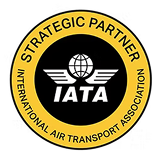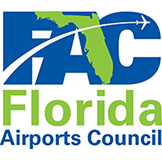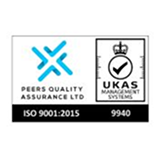As a self-confessed technology geek from a young age, seeing this industry, which I’m so passionate about, in such a stagnant state led me to think of ways to improve it; this ultimately led to co-founding AeroCloud.
Current airport operations
People have this vision of arriving at the airport, dropping their bags, boarding their plane and swiftly taking off; however, air travel is not as easy to manage as other modes of transport. Various checks and processes are in place to guard the safety of the airports, passengers and flights, all of which take time.
AeroCloud aims to implement software that speeds up this process efficiently and sustainably and ensures that passengers’ privacy is respected and maintained.
To understand how technology can change the future of airports, we must first understand how airports currently operate. Three key entities are involved in the flight journey: the airports, security units, and airlines. The big issue is how they interact and a lack of shared information. For example, airlines in the US don’t share the volume of passengers they expect on each flight, and security units do not share estimated peak and drop times for passenger arrivals. This lack of communication leaves airports in the dark and makes it harder to prepare their operational requirements in line with demand.
Looking into the future
Imagine an airport operation system that can track passenger volumes and real-time delays, predict changes in passenger traffic, ease check-in and security procedures and provide feedback with recommendations on how to operate more effectively and sustainably.
AeroCloud’s mission is to do just that – make airport operations smoother and the passengers’ experience better. We aim to achieve this vision through cloud-based Artificial Intelligence (AI) and Machine Learning Technology. For example, our Common Use Passenger Processing (CUPPS) integration already uses historical data to predict passenger traffic levels in the US. This information helps airport stakeholders, such as cafes and concessions, prepare their staff and resources accordingly. Our products can also predict passenger traffic by incorporating real-time data based on changes in weather and delays.
However, additional technological enhancements could be employed to improve airport operations. For example, if we could link an individual to a flight and know where it was landing, we could start mapping the traffic between airports. This linkage would enable airports to manage passenger traffic in real time more efficiently.
To take this vision a step further, AeroCloud is currently developing Computer Vision AI to assist in developing frictionless border controls. This technology will recognise individuals and eliminate some security processes passengers must undergo. It could also be used to identify each individual’s journey through different airport operation points and to recognise behavioural trends that the airport could use to enhance its efficiency further.
Equally crucial to AeroCloud’s mission is reducing our carbon footprint and helping airports to do the same. We chose Amazon Web Services (AWS) as our cloud solution service provider as they invest heavily in renewable energy, with some of their data centres entirely driven off the grid. As our Cloud-based products provide a holistic operation management system, AeroCloud also enables airports to cut their energy usage by eliminating the use of energy-hungry servers. Available data also allows our Machine Learning Technology to minimise an airport’s carbon footprint. It can, for example, help its operational teams make better gate management decisions, such as prioritising shorter ground-to-gate journeys for larger, more polluting aircraft.
Limitations to emerging technology
There are nuances to the technological innovations mentioned above. Most notably, the amount of data needed to power the technology. Current GDPR laws limit data collection for specific purposes such as security and passenger well-being. Therefore, though the technology is already available to enhance the passenger journey, the current laws stop airports from interrogating it.
Our golden rule at AeroCloud is only to collect necessary data, and we focus on creating software that brings about positive change. In technology, there’s a delicate balance between creating something purely because it’s intellectually stimulating versus something that is solving a crucial problem. The latter is at the forefront of our innovations, and we continually evaluate the sector for potential future improvement.





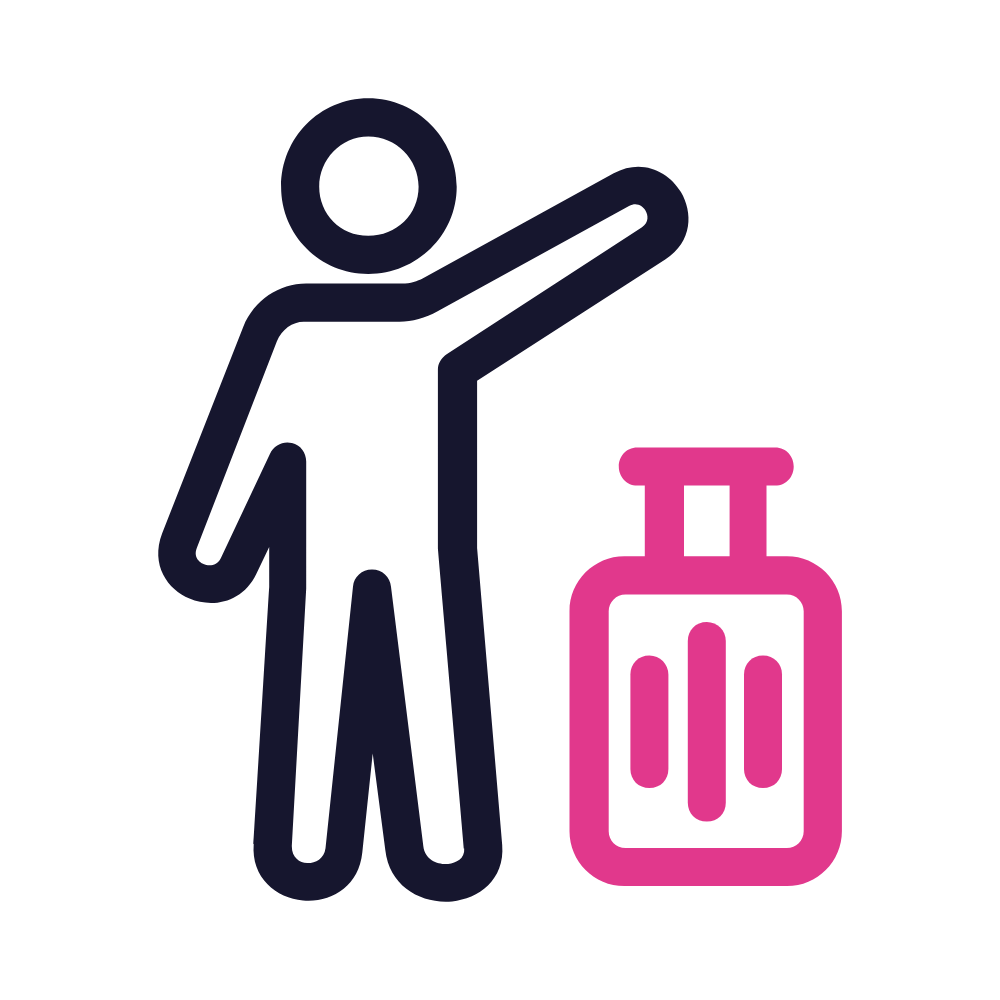

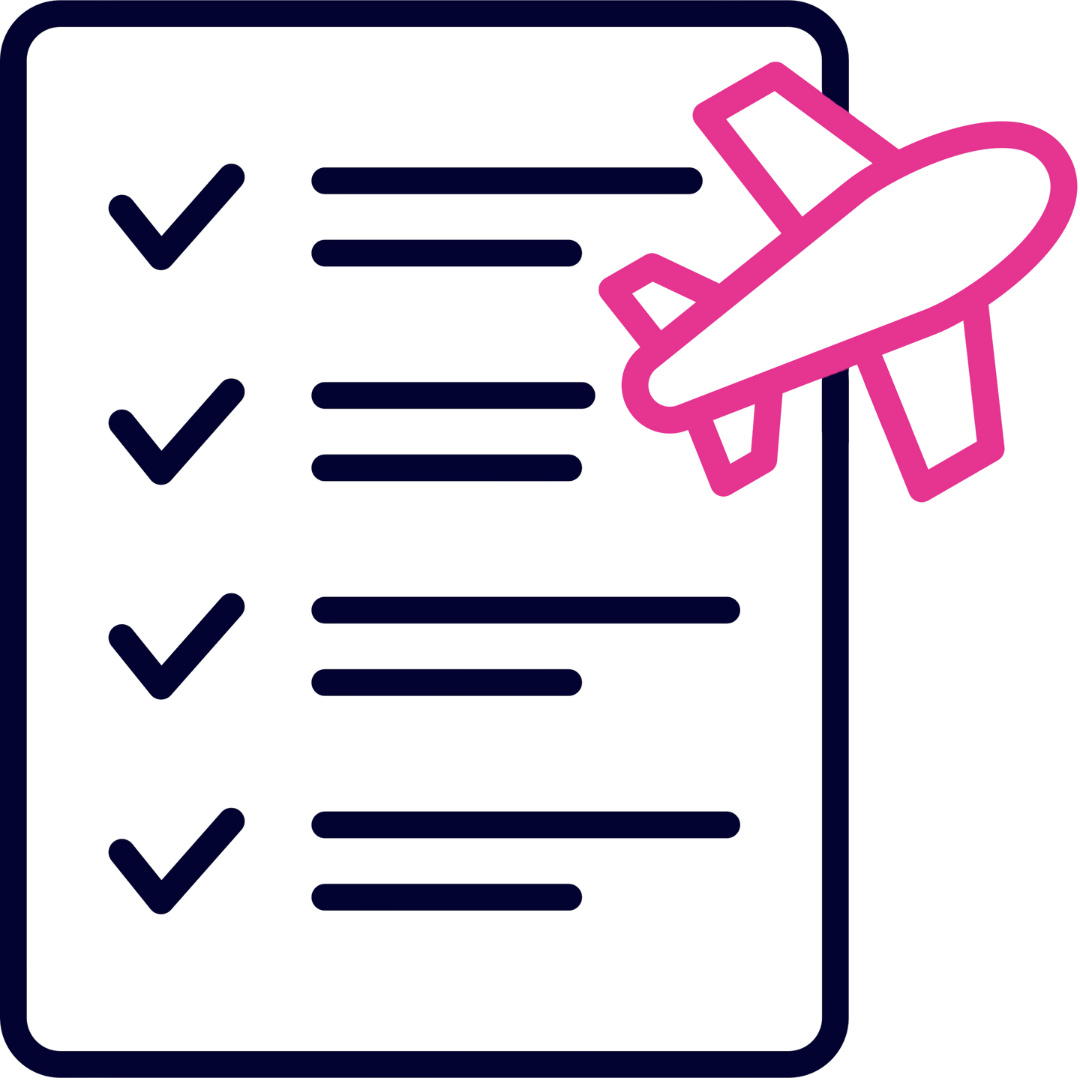

 26th October 2022
26th October 2022 


